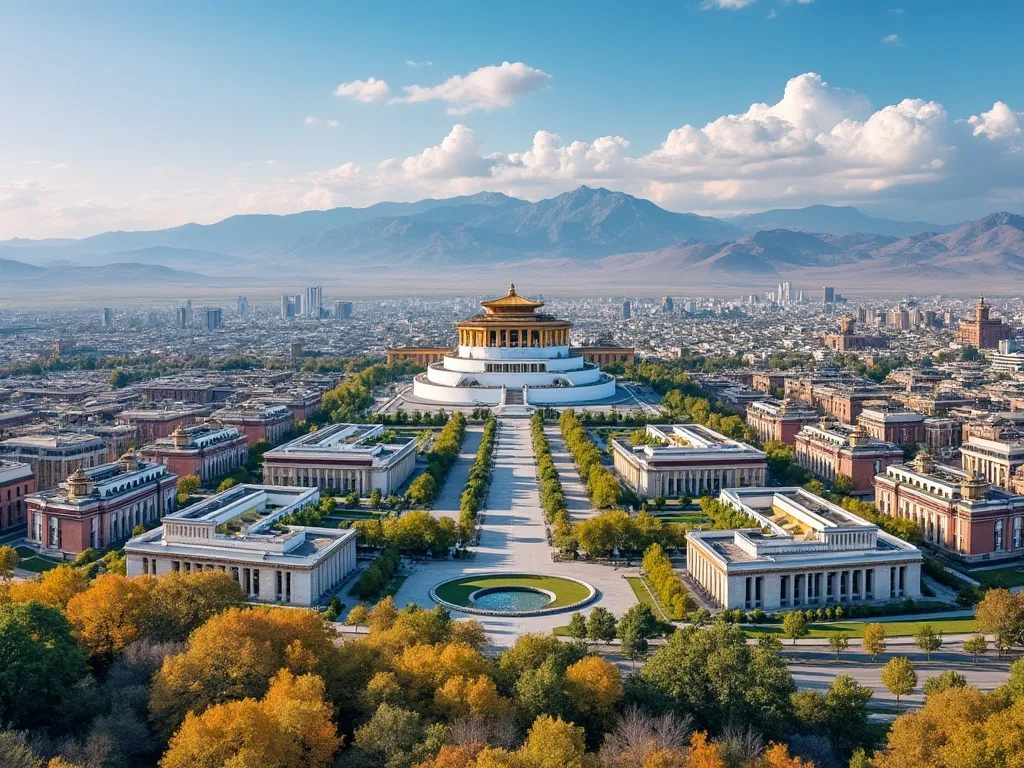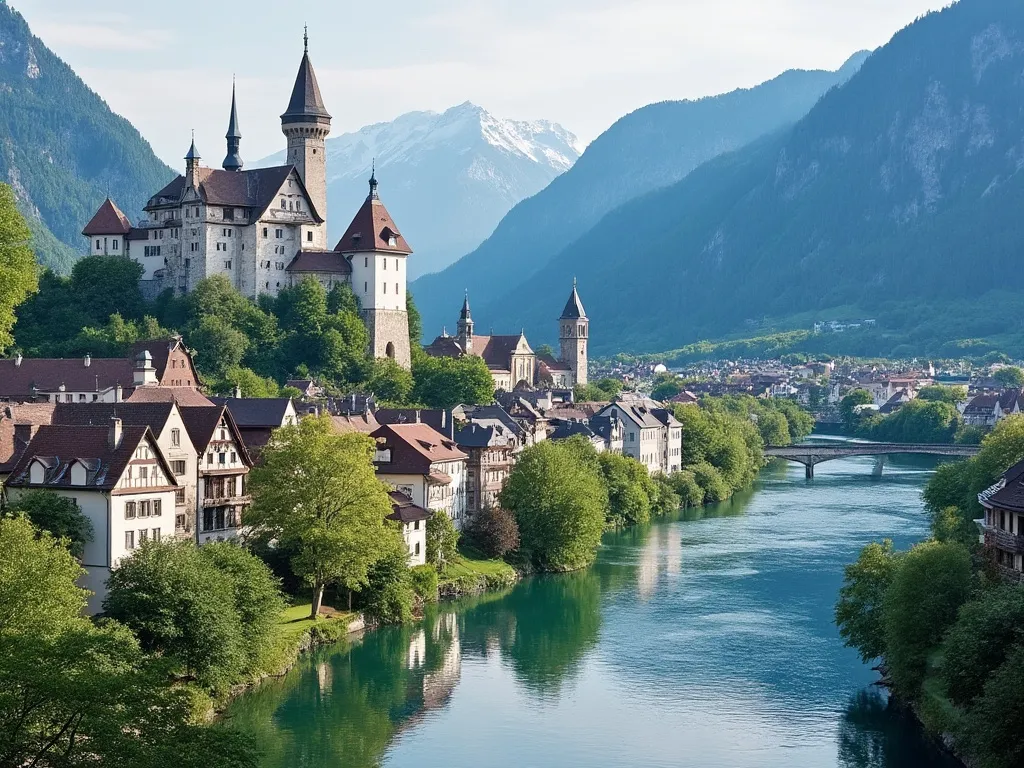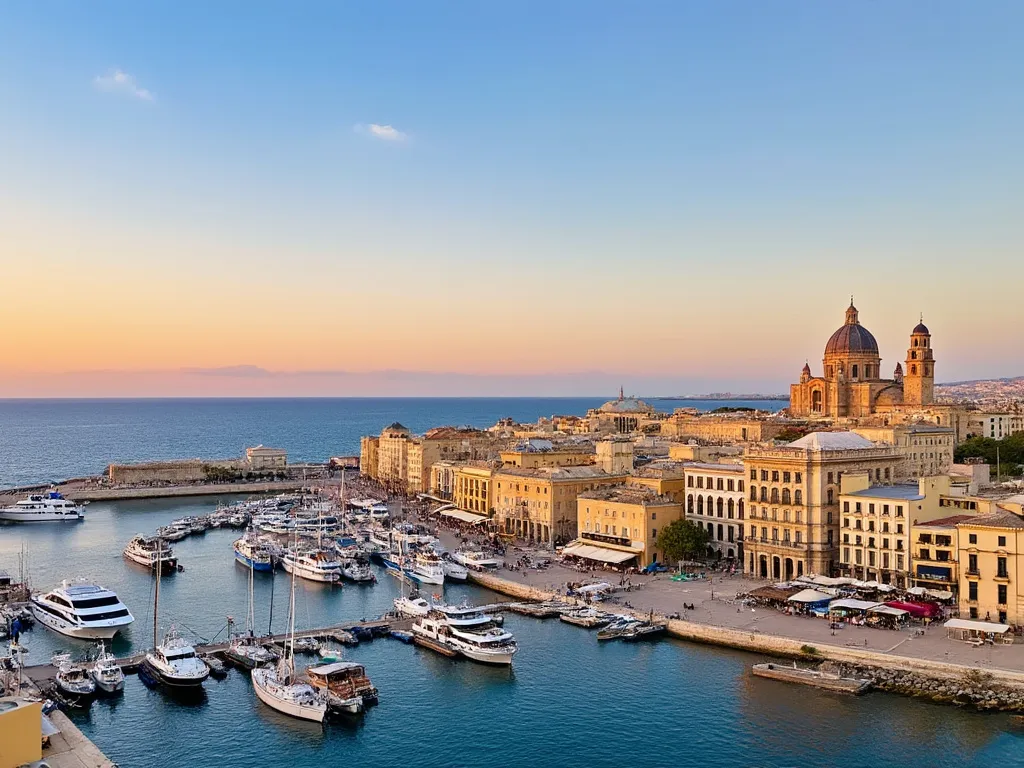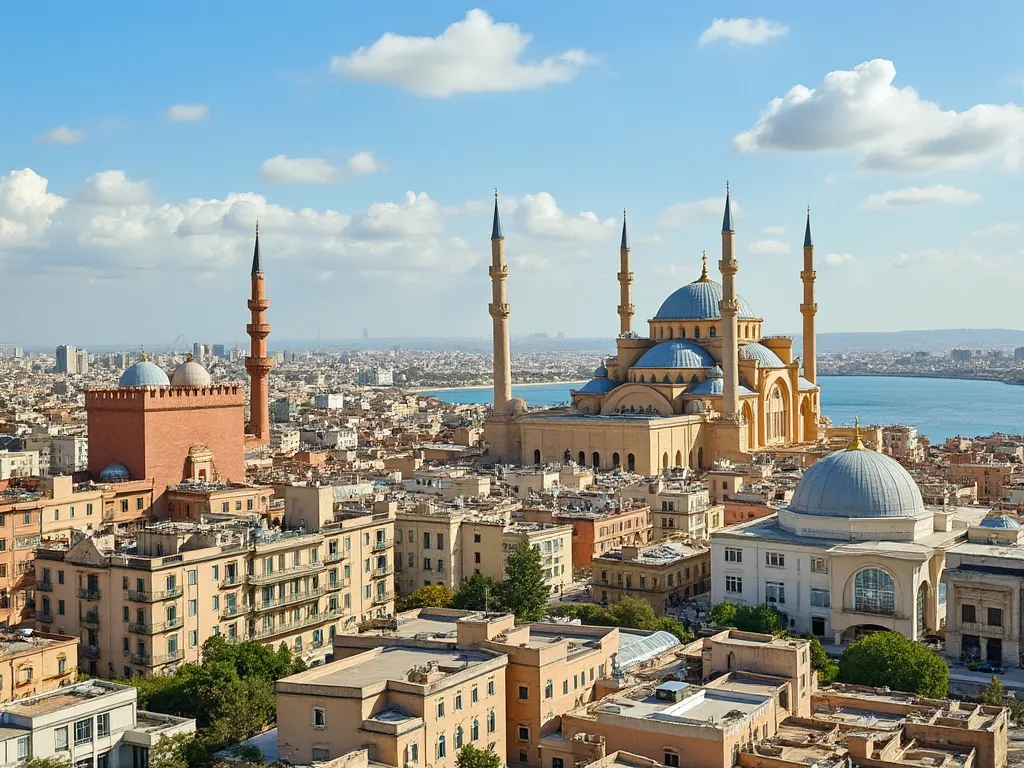
Ulaanbaatar, the capital city of Mongolia, is a vibrant and rapidly developing metropolis that seamlessly blends traditional and modern culture. Located in the central part of the country, Ulaanbaatar is nestled in the valley of the Tuul River, surrounded by four sacred mountains.
Ulaanbaatar information
| Country | 🇲🇳 Mongolia |
| Population | approximately 1.4 million |
| Coordinates | 47.92° N, 106.92° E |
| Area | 4,704.4 km² (1,816.4 sq mi) |
| Climate | Continental climate with cold winters and warm summers |
| Language | Mongolian (official), Russian, English |
| Currency | Mongolian tögrög (MNT) |
| Time zone | UTC+8 (ULAT) |
| Proximity to other major cities | Beijing, China (1,235 km / 768 mi), Moscow, Russia (5,300 km / 3,293 mi) |
Interesting facts about Ulaanbaatar
- Ulaanbaatar is one of the coldest capitals in the world, with temperatures dropping as low as -40°C (-40°F) in winter.
- The city is home to the Gandan Monastery, one of the largest and most important Buddhist centers in Mongolia.
- Ulaanbaatar is a popular destination for adventure tourism, with activities such as horseback riding, hiking, and skiing.
Tourist attractions in Ulaanbaatar
- The National Museum of Mongolia, which showcases the country's history, culture, and natural environment.
- The Zanabazar Museum of Fine Arts, which features a collection of Mongolian and international art.
- The Gandan Monastery, a major Buddhist center that offers insights into Mongolian spirituality.
- The Sükhbaatar Square, a vibrant public space that hosts cultural events and festivals.
Historical background of Ulaanbaatar
Founded in 1639 as a nomadic monastic center, Ulaanbaatar has a rich history that dates back to the time of Genghis Khan. The city has been known by several names, including Urga and Niislel Khüree, before becoming the capital of Mongolia in 1924. Ulaanbaatar has played a significant role in the country's development, serving as a center for trade, culture, and politics.
Geographical location of Ulaanbaatar
Ulaanbaatar is situated in the central part of Mongolia, approximately 1,300 km (800 mi) northwest of Beijing, China. The city is nestled in the valley of the Tuul River, which flows through the city and provides a scenic backdrop to the urban landscape. The surrounding mountains, including the Bogd Khan Uul and the Songino Khairkhan, offer opportunities for hiking and outdoor activities.
Cultural significance of Ulaanbaatar
Ulaanbaatar is a city that proudly preserves its cultural heritage while embracing modernity. The city is home to numerous museums, galleries, and cultural institutions, including the National Museum of Mongolia and the Zanabazar Museum of Fine Arts. The city's cultural scene is also reflected in its vibrant festivals, including the Naadam Festival, which showcases traditional Mongolian music, dance, and sports.
Economic importance of Ulaanbaatar
Ulaanbaatar is the economic hub of Mongolia, accounting for approximately 50% of the country's GDP. The city is a major center for trade, commerce, and industry, with a strong focus on mining, manufacturing, and tourism. The city is also home to the Mongolian Stock Exchange and several international banks.
Conclusion on Ulaanbaatar
Ulaanbaatar is a city that seamlessly blends tradition and modernity, offering a unique cultural experience for visitors. From its rich history and cultural significance to its vibrant festivals and economic importance, Ulaanbaatar is a city that has something to offer for everyone. Whether you're interested in history, culture, or adventure, Ulaanbaatar is a destination that is sure to leave a lasting impression.
 Vaduz
Vaduz
 Valletta
Valletta
 Tripoli
Tripoli
 Tunis
Tunis